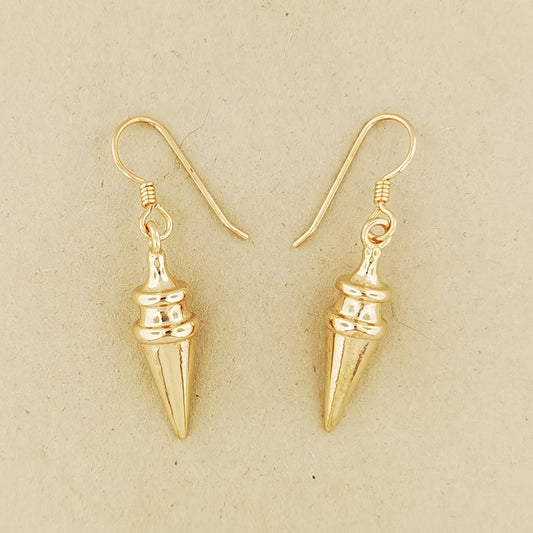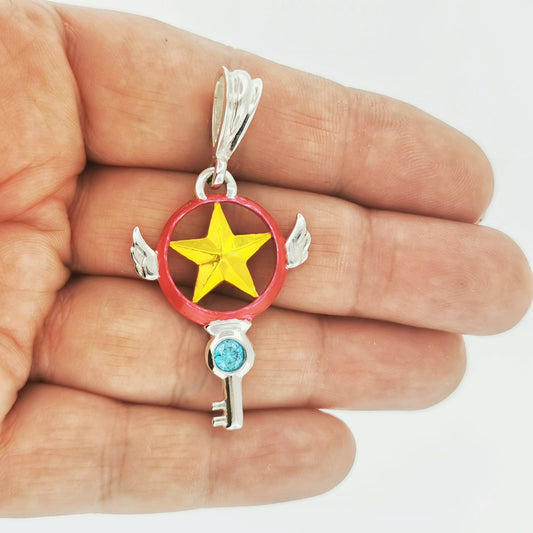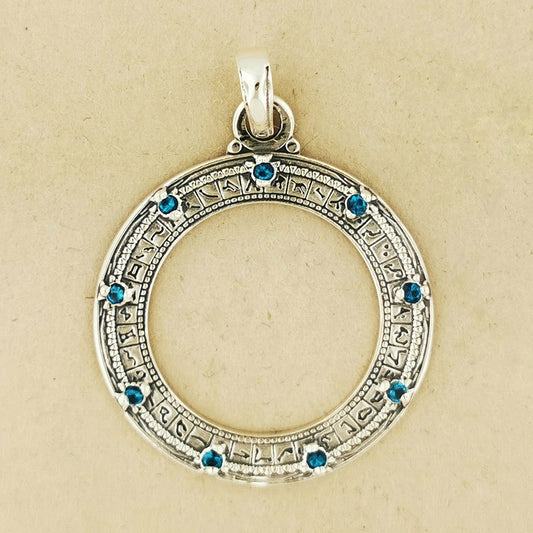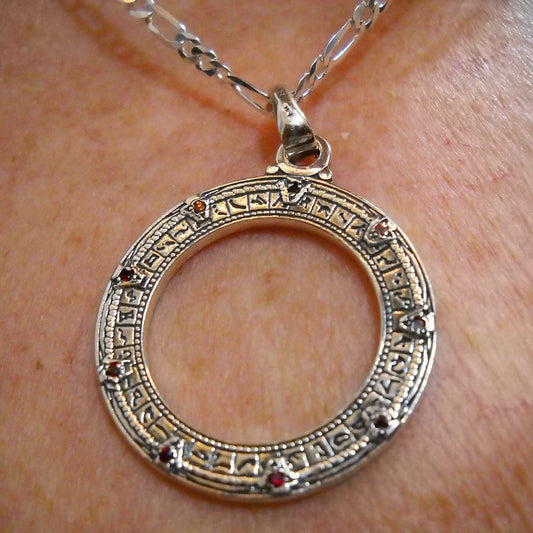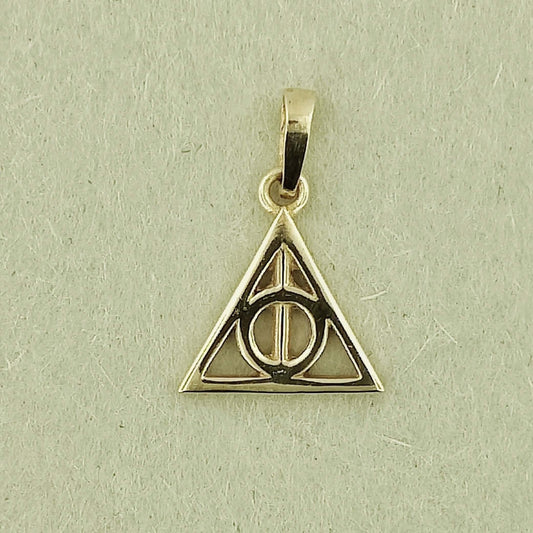Falling for Mabon: The Balance Of Autumn Equinox

What is Mabon?
If you’ve never heard of Mabon before, think of it as a seasonal pause button. It’s the autumn equinox, when day and night are perfectly balanced, and it’s all about celebrating the harvest and reflecting on the year so far. In 2025, Mabon lands on September 22, making it the perfect excuse to geek out over autumn vibes, nature, and all things magical.
A Quick Look at Its History
Mabon comes from Celtic and Neopagan traditions, inspired by ancient harvest festivals. While the stories around it are a bit mystical, it’s officially part of the Wheel of the Year, a set of seasonal celebrations Wiccans and modern Pagans have been observing for decades. Basically, it’s a magical way to mark the turning of the seasons.
The Magic of the Autumn Equinox
At its heart, Mabon is the Autumn Equinox—the magical moment when day and night stand in perfect balance. It’s a cosmic reminder that light and dark need each other, and that every season has its purpose. In pagan traditions, this balance is seen as a time to reflect inward, to recognize the light we carry and the shadows we still need to face. It’s about finding harmony, not perfection, as the year slowly shifts toward the darker half.
The equinox also whispers to us about cycles—how everything has a beginning, middle, and end, and yet also returns again. Pagans often take this day to pause and breathe, to honour both the work they’ve accomplished and the rest still to come. It’s a chance to set intentions, release what no longer serves us, and step into the next chapter with gratitude. In many ways, the equinox is less about endings and more about transitions—a reminder that balance isn’t static, but an ever-turning dance.
Why We Celebrate It
At its heart, Mabon is all about balance, gratitude, and taking stock. You get to look back at all the wins (big or small), appreciate what’s around you, and set intentions for the months ahead. It’s a time to honour nature, the harvest, and the cycles of life—plus it’s a great excuse for autumn crafting, baking, and cozy geeky rituals.
The Mythical Side of Mabon
Mabon itself takes its name from Mabon ap Modron, a figure from Welsh mythology whose story is all about cycles of darkness and light. Known as the “Great Son of the Great Mother,” Mabon was taken from his mother Modron just three nights after his birth and imprisoned in the Otherworld. His rescue by heroes later on symbolizes rebirth, renewal, and the return of balance—perfect themes for the autumn equinox. Just like the turning of the seasons, Mabon’s tale reminds us that even when we’re in the dark, the light and freedom will always find their way back.

Photo Credit: https://www.roman-britain.co.uk/
How People Traditionally Celebrated Mabon
Back in the day, Mabon meant harvest feasts, offerings of grain and fruit, and community gatherings. People would thank the Earth for the bounty, share food, and tell stories. It was all about community, nature, and gratitude—basically a big autumn party with deep spiritual vibes.
When it comes to celebrating Mabon in pagan traditions, food and harvest offerings play a huge role. Apples, in particular, are deeply symbolic this time of year—they’re tied to wisdom, abundance, and even the turning of the seasons with their star-shaped core hidden inside. Many pagans bake apple pies or press cider as a way of honouring the harvest and sharing the Earth’s gifts. Grapes, squash, pumpkins, and grains also make their way onto Mabon altars, reminding us of both the bounty and the balance of giving back to the land.

Photo Credit: https://moonleafmagic.com/
It’s also a time for simple rituals of gratitude. Some pagans write down what they’re thankful for and place it beneath a candle on the altar, while others share a communal meal with friends and family to celebrate balance, generosity, and connection.
Decorating with autumn leaves, acorns, pinecones, and corn husks brings in the energy of the season, while lighting candles at dusk honours the equinox itself—the moment when day and night stand as equals. These little traditions may vary from coven to coven (or kitchen witch to kitchen witch!), but they all circle back to the same idea: celebrating the Earth’s cycles and giving thanks for what we have.
Traditions Then and Now
Old school Mabon was all about community and harvest. Today, it’s flexible—you can celebrate alone or with friends. Whether it’s quiet reflection, a cozy feast, or a small witchy party, the spirit of gratitude and balance is what matters most.
Even if you’re not super spiritual, Mabon is a fun excuse to pause, celebrate the changing seasons, and get a little mystical. It’s perfect for autumn crafting, nature walks, baking, or just reflecting on life. Geeky, magical, and meaningful, Mabon is a day to enjoy the magic of the equinox and the harvest around you. Blessed be!
Thanks for reading,


